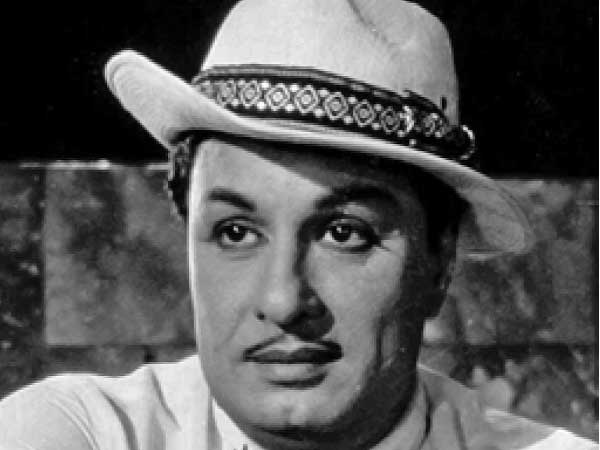
Time was, in Indian mainstream cinema, when a script was just an excuse for a film. A film was worked up with saleable stars who were pitched the one-liner of the supposed story, and then a writer was hired who quite often wrote the script as the shooting happened. A good writer was equated with a good dialogue writer who scribbled the dialogues for the actors during the shoot, which they mugged up and delivered.
It is only in India that a distinction is made between screenplay and dialogues. A story is turned into a screenplay, which basically was just a flow of events, also known as the scene-flow; and then a dialogue writer was hired to write the dialogues into those scenes. If a screenplay was approximately 30-40 pages, then a screenplay with dialogues – which was now known as the ‘script’ – went beyond 120 pages.
In a country sold on melodrama, good acting was equated with dialogue delivery, the more flowery, the better. This strange phenomenon of distinguishing between ‘screenplay’ and ‘dialogue’ quite often resulted in a disconnect that was reflected on the screen, but the audiences never complained. South Indian mega stars like M G Ramachandran and Shivaji Ganeshan sprouted pages after pages of ornate dialogues which they delivered without re-takes. Hindi film star Rajkumar became so famous for his ‘dialogue delivery’ since Pakeezah (1972) that later in his career he became a joke.
This over-reliance on dialogues to further a story damaged the visual quality of Indian cinema and made it theatrical. The late Tamil director Balu Mahendra spoke of an interesting phenomenon when he was growing up in a Tamil village in Sri Lanka during the 50s and early 60s. Entire Tamil films from India – which were most often more than 3 hours long – used to be played on the radio, and its avid listeners which consisted of the whole family had no difficulty following the film! Mahendra quotes, “Before the hero went to fight, he declared his intentions; when he fought, he announced that he was fighting; and when the fight got over, he proclaimed that he has fought and won.” And the audience, sorry – the listeners, cheered all along.
In the then Bombay, Muslim writers, mostly from UP and Madhya Pradesh who came to try out their luck in the Hindi film industry liberally sprinkled their lines with Urdu words which became a predominant style. It was okay if the film was a historical piece set in the Mughal era, but such dialogues rang false when contemporary urban characters spoke them.
Perhaps the first writer who brought in colloquial elements in dialogue writing is Abrar Alvi – at least that’s what he claims in his book ‘Ten Years with Guru Dutt’. In Guru Dutt’s Aar-Paar (1954), for which he wrote the dialogues to the screenplay written by Nabyendu Ghosh, Alvi dealt with a gallery of characters living in cosmopolitan Bombay, each having his or her distinctive style of speaking Hindi depending on the socio-economic and geographical background the character came from. This was clearly a revolutionary and creative leap from the flowery and artificial dialogues that were a staple diet till then.
Another interesting fact that Shyam Benagal once pointed out was that the screenplays, even during the silent era, were written in English and the dialogues written later in Hindi when sound came. This is still the practice. The reason for this of course was that in a migrant city like Bombay, technicians and directors came from all over India but the dialogue writers and actors were mostly Hindi speaking people from North India, mainly UP.
In the 70s, Salim-Javed and Gulzar merged screenplay and dialogues seamlessly, which resulted in some memorable films, but the 80s once again saw a decline in quality when the likes of Kader Khan, otherwise a gifted actor, were brought in to write cheesy dialogues that stood out for their crudity in B-grade movies with big stars.
Hindi cinema in recent years seems to have shaken off its dependence on too much dialogues and with the advent of gifted writers and directors, especially in the independent cinema scenario, the distinction between screenplay and dialogues has disappeared.
(The author is a Mumbai-based filmmaker, instructor and writer)




